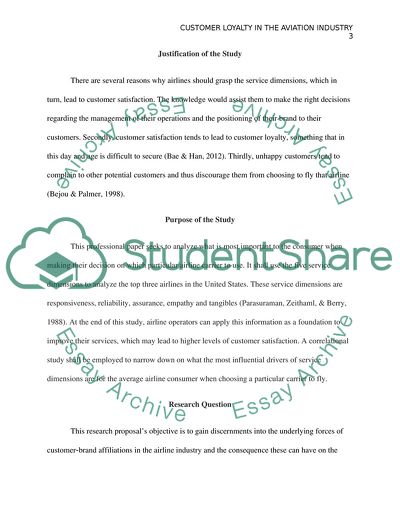Cite this document
(Customer Loyalty in Aviation Industry Research Proposal, n.d.)
Customer Loyalty in Aviation Industry Research Proposal. https://studentshare.org/tourism/1880189-customer-loyalty-in-the-aviation-industry
Customer Loyalty in Aviation Industry Research Proposal. https://studentshare.org/tourism/1880189-customer-loyalty-in-the-aviation-industry
(Customer Loyalty in Aviation Industry Research Proposal)
Customer Loyalty in Aviation Industry Research Proposal. https://studentshare.org/tourism/1880189-customer-loyalty-in-the-aviation-industry.
Customer Loyalty in Aviation Industry Research Proposal. https://studentshare.org/tourism/1880189-customer-loyalty-in-the-aviation-industry.
“Customer Loyalty in Aviation Industry Research Proposal”. https://studentshare.org/tourism/1880189-customer-loyalty-in-the-aviation-industry.


